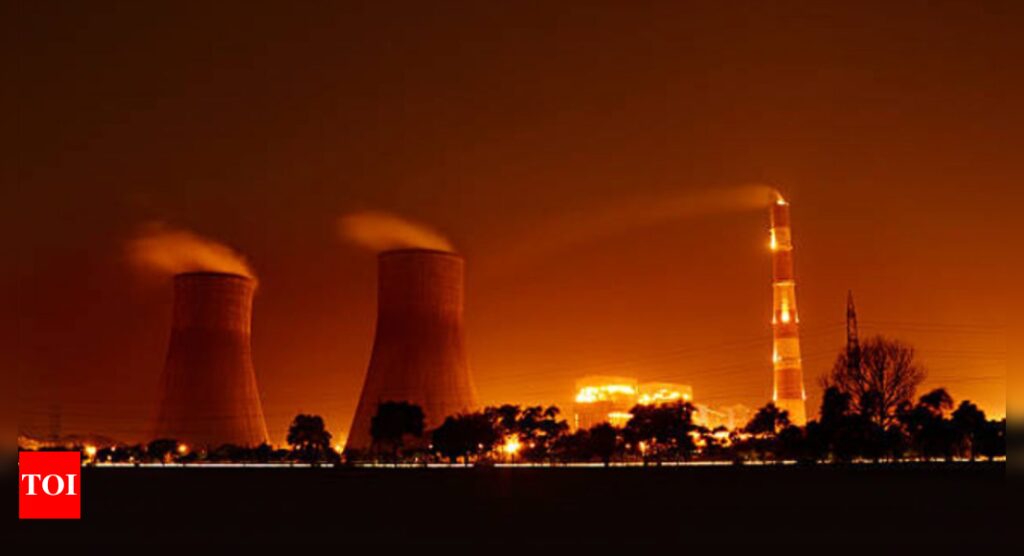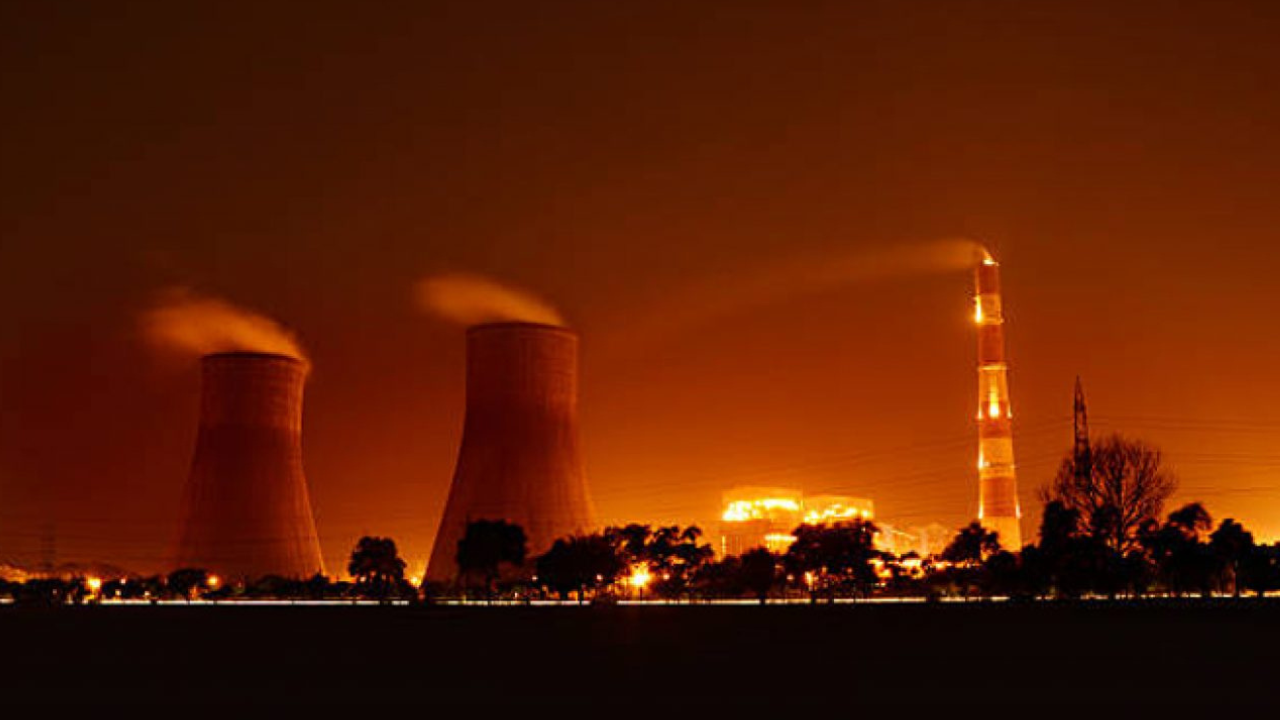[ad_1]
In a written reply in the LS on Wednesday, the minister said India has enacted Civil Liability for Nuclear Damage (CLND) Act, 2010, to provide for civil liability for nuclear damage and prompt compensation to the victims of a nuclear incident through a no-fault liability regime channelling liability to the operator.
Under the Act, the operator has to maintain insurance or financial securities or a combination of both, for covering his liability in respect of the nuclear incident. The Act also limits the liability of the nuclear operator for each nuclear incident.
Singh also informed that without any insurance or financial securities, the nuclear operator cannot operate the nuclear facilities, and the operator is also mandated to renew the insurance policy or financial securities from time to time, before the expiry of the period of validity.
The liability of an operator for each nuclear incident is:
(i) In respect of nuclear reactors having thermal power equal to or above 10 MW, Rs 1,500 crore;
(ii) In respect of spent fuel reprocessing plants, Rs 300 crore;
(iii) in respect of the research reactors having thermal power below 10 MW, fuel cycle facilities other than spent fuel reprocessing plants, and transportation of nuclear materials, Rs 100 crore.
He also stated that India Nuclear Insurance Pool (INIP) was set up with GIC-re, and several other Indian insurance companies with a capacity of Rs 1,500 crore on June 12, 2015 to provide insurance to cover the liability as prescribed under the CLND Act, 2010. In addition to providing coverage for operators’ liability, the INIP will also address liability-related concerns of suppliers (both domestic and foreign). GIC-Re along with several other Indian insurance companies are currently participants in the insurance pool.
Under the CLND Act 2010, the central government may review the amount of the operator’s liability from time to time and may specify, by notification, a higher amount for compensation, if deemed necessary.
India has also ratified a convention for supplementary compensation (CSC) in 2016. The CSC offers a two-tier system with respect to the amount of compensation, for example, installation state to ensure availability of the amount of compensation at least 300 million SDR, and international fund for which all contracting parties are obliged to contribute the amount based on a formula for calculation of contribution. It also aims at increasing the amount of compensation available in the event of a nuclear incident through public funds to be made available by the contracting parties on the basis of their installed nuclear capacity and the UN rate of assessment.
[ad_2]
Source link











More Stories
We can’t wait to face India in the final: Pat Cummins | Cricket News
Railways plans 3,000 additional trains in next 4-5 years to minimise number of waitlisted tickets | India News
Faridabad: Man dies after ‘falling from hotel room window’ while partying with friends